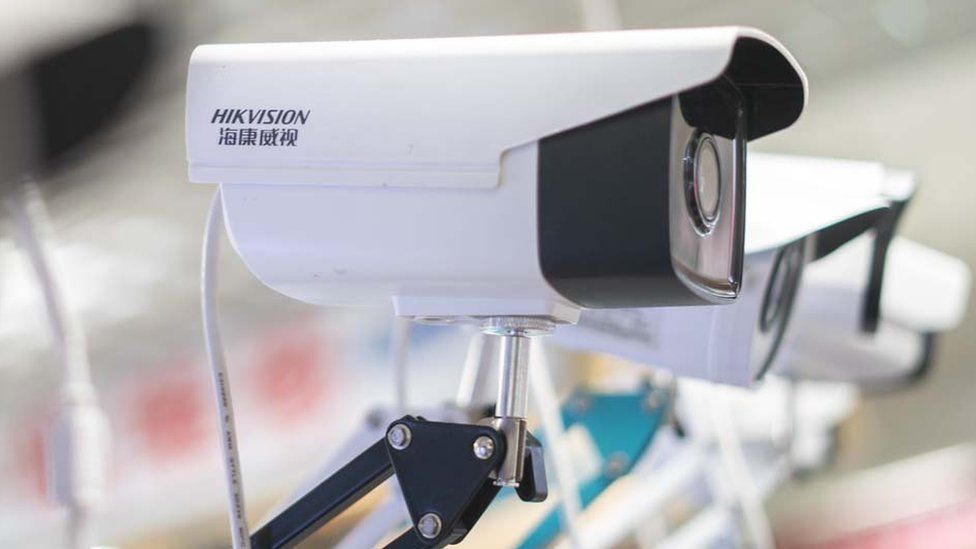Cyber crime has risen considerably with 46% of businesses and 26% of charities in the UK have reported security breaches in the past year. It’s safe to say, Cyber Security has also advanced, from online countermeasures to physical security.
However, sometimes, the devices that are made for our security, such as CCTV cameras, can be used against us. You may be wondering- how? In this blog, we’ll use an example of a current flaw in surveillance cameras as an example.
The Cyber Security flaw
The actual flaw is evident in a large brand manufacturer of surveillance cameras- Chinese firm Hikvision- causing there to be a hacking vulnerability in them.
A report from surveillance tsar Fraser Sampson said Beijing-linked technology was increasingly standard and too many people were ignoring – or unaware of – the risks.
Professor Sampson, who is the biometrics and surveillance camera commissioner, says police chiefs are continuing to use the suppliers even though they know about the concerns raised.
He said Chinese-made police technology was a security risk because the ruling Communist Party commandeered information from its firms. ‘It is abundantly clear from this detailed analysis of the survey results that the police estate in the UK is shot through with Chinese surveillance cameras,’ he added.
‘It is also clear the forces deploying this equipment are generally aware of security and ethical concerns about the companies that supply their kit.
Security expert Professor Anthony Glees said: ‘People might suppose the military and the police would never do anything as naive as allow the data they were interested in to be shared by Beijing.
Professor Sampson’s office asked all 43 police forces in England and Wales about their use of surveillance systems including CCTV, drones, helicopters, automatic number plate recognition (ANPR) systems, body-worn video cameras and facial recognition.
Revealed today, the results show that 18 forces use CCTV cameras covering high streets and other public spaces made by firms with security or ethical concerns, including state-linked Dahua and Hikvision and Huawei. And 24 said they used internal cameras in their buildings made by controversial Chinese firms.
The controversy around Hikvision
Of course, due to the current tension already with certain matters such as the Chinese “spy balloons”, a lot of controversies have been generated from this flaw, some suggesting that it was intentional, while others debate the contrary.
“Hikvision has never conducted, nor will it conduct, any espionage-related activities for any government in the world,” it said, adding that its “products are subject to strict security requirements and are compliant with the applicable laws and regulations in the UK, as well as any other country and region we operate in”.
The Chinese firm says its devices were not deliberately programmed with this flaw and it points out that it released a firmware update to address it almost immediately after it was made aware of the issue. It adds that Panorama’s test is not representative of devices that are operating today. But this statement is flawed by the fact that there are still 100,000 cameras online worldwide that are still vulnerable to this issue.

